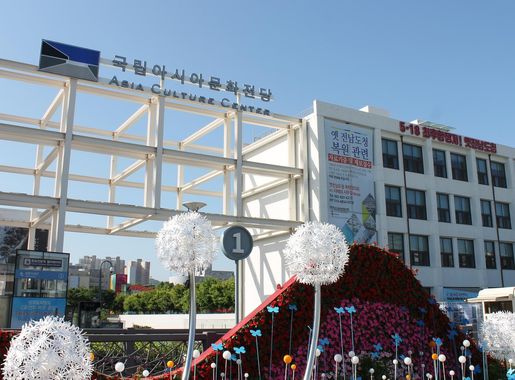
Nam-gu: The Cultural and Modern Jewel of Gwangju
Nam-gu in Gwangju: A captivating blend of history, art, and modernity, offering serene parks, cultural landmarks, and vibrant markets for an unforgettable visit.
Nam-gu, located in the vibrant city of Gwangju, South Korea, is a fascinating blend of history, culture, and modernity. This neighborhood is a treasure trove for tourists seeking to immerse themselves in both traditional Korean heritage and contemporary urban life. Here, you can stroll through serene parks, visit ancient temples, and enjoy bustling markets, all within a short distance from each other. Nam-gu is renowned for its rich cultural scene, which includes the Gwangju Museum of Art and the Biennale Exhibition Hall. Art lovers will find themselves enchanted by the diverse array of exhibitions and installations that showcase both local and international talents. The neighborhood’s art scene is a testament to Gwangju’s historical significance as the birthplace of the Korean democracy movement, reflecting themes of freedom and human rights. For those who prefer outdoor activities, Nam-gu offers several beautiful parks and recreational areas. The picturesque Sajik Park is perfect for a leisurely walk or a family picnic, while the nearby Mudeungsan Mountain provides hiking trails with stunning views of the city. Don’t miss the chance to explore the vibrant Yangdong Market, where you can taste local delicacies and buy unique souvenirs. Nam-gu is not just about history and culture; it also boasts a lively nightlife and a wide range of dining options. From traditional Korean BBQ to chic cafes and international cuisine, foodies will have plenty to explore. The neighborhood's friendly locals and welcoming atmosphere make it easy for tourists to feel at home, ensuring a memorable visit to Gwangju’s Nam-gu.
Local tips in Nam-gu
- Visit Sajik Park early in the morning to enjoy the tranquility and beautiful sunrise views.
- Check the schedule of the Gwangju Museum of Art and Biennale Exhibition Hall for special exhibits and events.
- Wear comfortable shoes for exploring Yangdong Market and be ready to try various street foods.
- Hike Mudeungsan Mountain on a clear day for the best panoramic views of Gwangju.
- Learn a few basic Korean phrases; locals appreciate the effort and it enhances your travel experience.
Nam-gu: The Cultural and Modern Jewel of Gwangju
Nam-gu, located in the vibrant city of Gwangju, South Korea, is a fascinating blend of history, culture, and modernity. This neighborhood is a treasure trove for tourists seeking to immerse themselves in both traditional Korean heritage and contemporary urban life. Here, you can stroll through serene parks, visit ancient temples, and enjoy bustling markets, all within a short distance from each other. Nam-gu is renowned for its rich cultural scene, which includes the Gwangju Museum of Art and the Biennale Exhibition Hall. Art lovers will find themselves enchanted by the diverse array of exhibitions and installations that showcase both local and international talents. The neighborhood’s art scene is a testament to Gwangju’s historical significance as the birthplace of the Korean democracy movement, reflecting themes of freedom and human rights. For those who prefer outdoor activities, Nam-gu offers several beautiful parks and recreational areas. The picturesque Sajik Park is perfect for a leisurely walk or a family picnic, while the nearby Mudeungsan Mountain provides hiking trails with stunning views of the city. Don’t miss the chance to explore the vibrant Yangdong Market, where you can taste local delicacies and buy unique souvenirs. Nam-gu is not just about history and culture; it also boasts a lively nightlife and a wide range of dining options. From traditional Korean BBQ to chic cafes and international cuisine, foodies will have plenty to explore. The neighborhood's friendly locals and welcoming atmosphere make it easy for tourists to feel at home, ensuring a memorable visit to Gwangju’s Nam-gu.
Iconic landmarks you can’t miss
Penguin Village
Explore the vibrant Penguin Village in Gwangju, South Korea, a whimsical tourist attraction filled with colorful murals and playful decor.
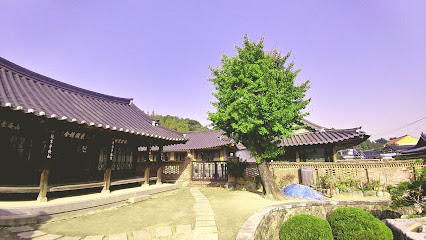
Sajik Park Observatory
Discover the stunning views of Gwangju at Sajik Park Observatory, an enchanting observation deck surrounded by serene natural beauty.
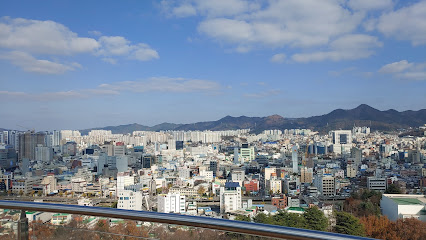
5.18 Democracy Square
Explore the historical significance and serene beauty of 5.18 Democracy Square, a symbol of Gwangju's fight for democracy and human rights.
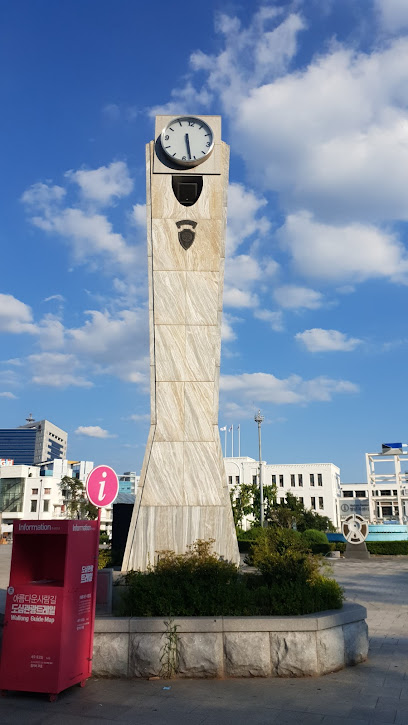
5·18 Memorial Park
Explore the poignant history of the Gwangju Uprising at 5·18 Memorial Park, a serene space that honors courage, resilience, and the quest for democracy.
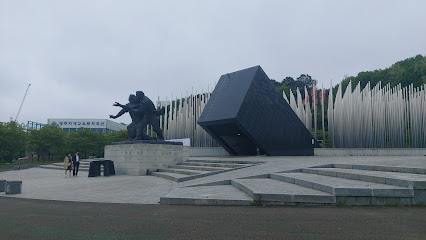
광주 포충사
Discover the rich cultural heritage of Gwangju at the Gwangju Provincial Museum, where history and art come to life.
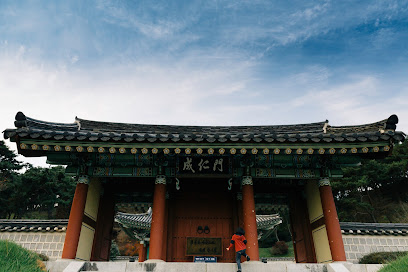
우일선 선교사 사택
Explore Korea's rich heritage at Gwangju National Museum, where history, art, and culture come together in an unforgettable experience.
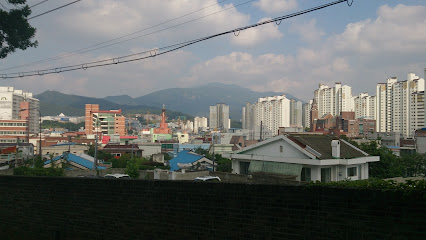
Gwangju Art Street
Discover the artistic heart of Gwangju at Gwangju Art Street, where creativity thrives through galleries, street performances, and local cuisine.
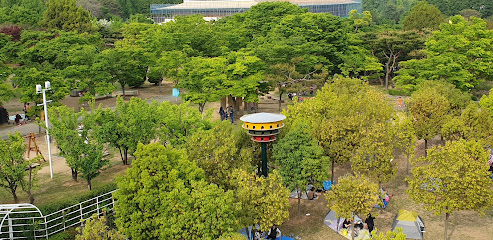
오웬기념각
Discover the serene beauty and rich history of Wonnamji Pond, a captivating gem in Gwangju, South Korea, perfect for relaxation and exploration.
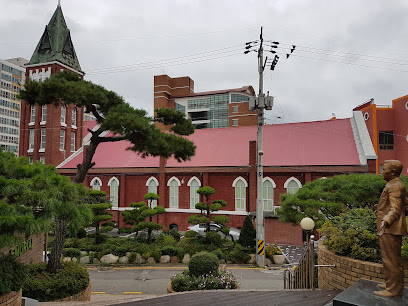
Yangnimdong History and Culture Village
Explore Yangnimdong History and Culture Village in Gwangju, where rich history meets vibrant culture in a picturesque setting.
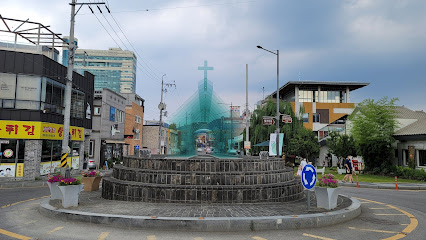
Gwangju Castle
Explore Gwangju Castle, a historic site that showcases South Korea's rich heritage and architectural beauty amidst a serene landscape.

Unmissable attractions to see
Jungwoe Park
Explore the serene beauty of Jungwoe Park, a tranquil urban park in Gwangju, South Korea, perfect for relaxation and recreation.

5.18 Democracy Square
Explore the historic 5.18 Democracy Square, a symbol of Gwangju's fight for democracy, rich with monuments and a deep sense of history.
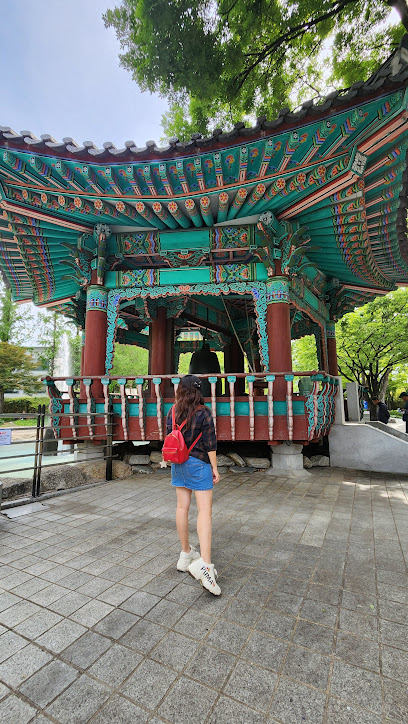
Gwangju Park
Discover the tranquil beauty of Gwangju Park, a lush green space perfect for relaxation, leisurely strolls, and enjoying local cultural events in Gwangju, South Korea.
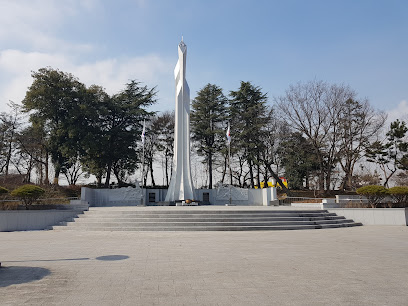
오웬기념각
Discover Gwangju's Historic Site, a captivating tourist attraction showcasing the region's rich history and cultural heritage in Korea.
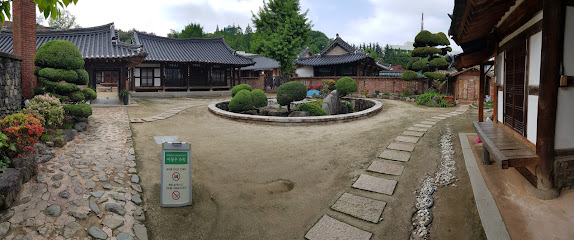
Yangnimdong History and Culture Village
Discover the rich heritage and artistic spirit of Yangnimdong History and Culture Village in Gwangju, a charming destination for cultural enthusiasts.
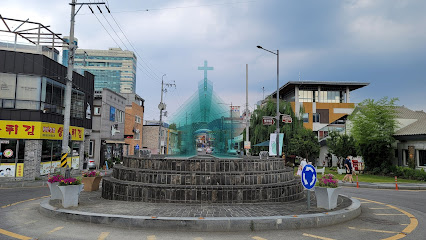
Essential places to dine
수자타
Explore the vibrant flavors of vegan cuisine at 수자타 in Gwangju, where every dish celebrates fresh ingredients and sustainable practices.

Minsokchon
Experience authentic Korean ribs at Minsokchon in Gwangju - where tradition meets flavor in every dish.
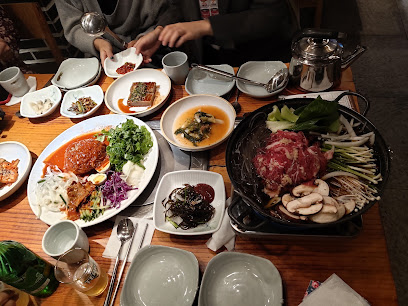
어반브룩
Discover Urban Brook in Gwangju: A delightful blend of traditional and modern Korean cuisine awaits you at this culinary gem.
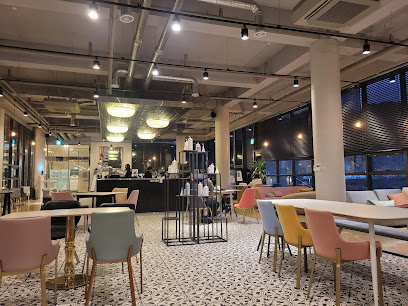
카페바리에
Discover Café Barie: A charming fusion restaurant in Gwangju serving exquisite Italian cuisine and delightful coffee experiences.
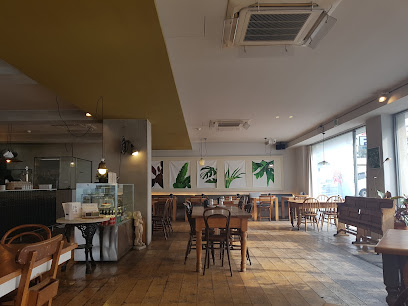
Hanok Restaurant
Savor authentic Korean flavors at Hanok Restaurant in Gwangju's vibrant Nam-gu district - a must-visit for food lovers!
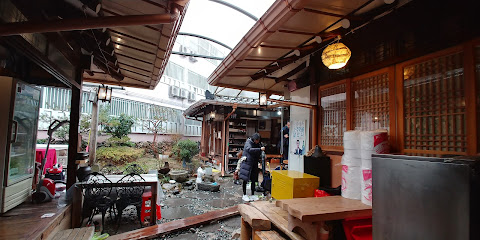
First Nepal Resturant
Discover authentic Nepali flavors at First Nepal Restaurant in Gwangju – where every dish tells a story.
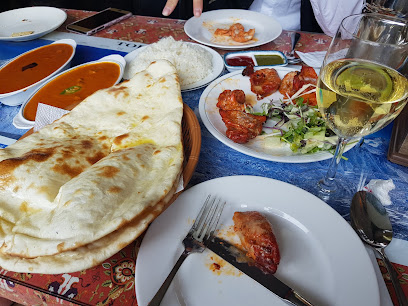
라 비올레따
Discover authentic Italian cuisine at La Violetta in Gwangju – where traditional recipes meet modern culinary artistry.
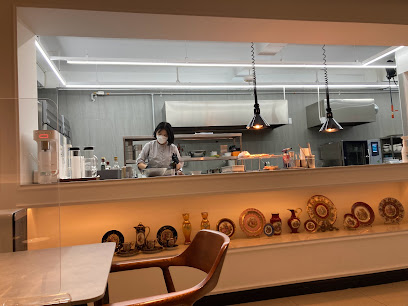
햇살가득
Experience authentic Maeuntang at 햇살가득 in Gwangju – where every dish tells a story and every bite ignites your senses.

육광연회-효천울타리
Savor the essence of fusion cuisine at 육광연회-효천울타리 in Gwangju - where traditional meets modern flavors.
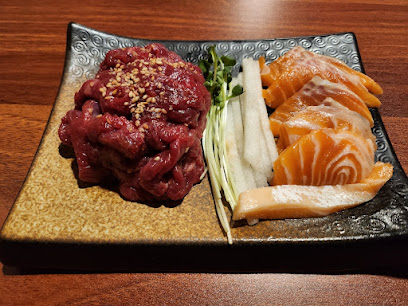
노브랜드버거 광주효천점
Discover the ultimate fast food experience at 노브랜드버거 광주효천점 - where quality meets flavor in every bite.
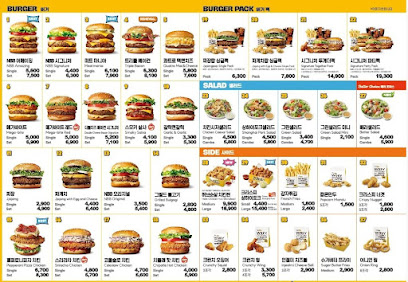
Markets, malls and hidden boutiques
Gwangju Shinsegae Department Store
Explore luxury and beauty at Gwangju Shinsegae Department Store, your ultimate shopping destination in South Korea for cosmetics and perfumes.
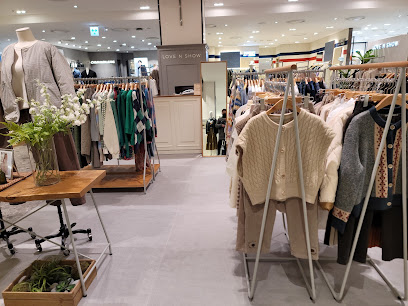
Shinsegae Department Store - Gwangju Branch
Explore Gwangju's Shinsegae Department Store for a unique blend of luxury shopping, local delicacies, and a taste of South Korean culture.
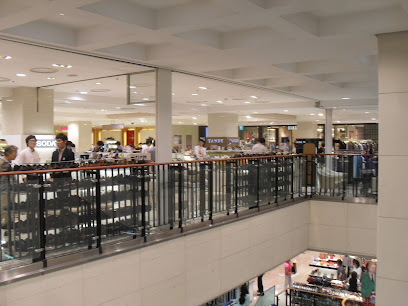
Gucci - Lotte Gwangju Department Store
Explore Gucci's exquisite collection of luxury handbags, accessories, and jewelry at Lotte Gwangju - a must-visit for fashion enthusiasts.

Montblanc Boutique Lotte Gwangju
Explore the luxurious world of Montblanc in Gwangju – a premier destination for fine writing instruments, leather goods, and exquisite watches.

Ferragamo
Explore the essence of luxury fashion at Ferragamo in Gwangju, where elegance, craftsmanship, and style meet.

노금영패션라인
Explore the enchanting world of fashion at 노금영패션라인 in Gwangju, where tradition meets modern style in every unique piece.

인형사랑
Explore unique handmade crafts at 인형사랑 in Gwangju, where artistry meets culture in every delightful piece.

DIOR Gwangju Shinsegae
Explore the epitome of luxury shopping at DIOR Gwangju Shinsegae, where fashion meets elegance in every exquisite piece.

플라워마인
Explore Flower Mine, Gwangju's vibrant gift shop, for unique souvenirs and handmade treasures that capture the spirit of local culture.

Bottega Veneta Shinsegae Gwangju
Explore luxury and Italian craftsmanship at Bottega Veneta Shinsegae Gwangju, where high fashion meets sophisticated elegance.

Essential bars & hidden hideouts
In The Grove Jazz Bar
Discover the heart of Gwangju's jazz scene at In The Grove Jazz Bar, where live music and warm vibes create unforgettable nights.
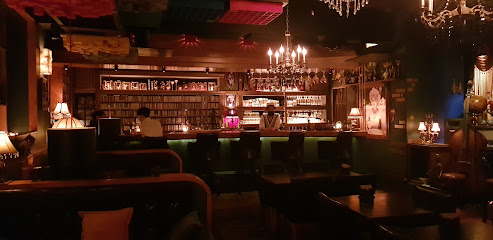
Amble
Discover the vibrant nightlife at Amble, a charming bar in Gwangju, offering a unique selection of drinks and a welcoming atmosphere for all visitors.
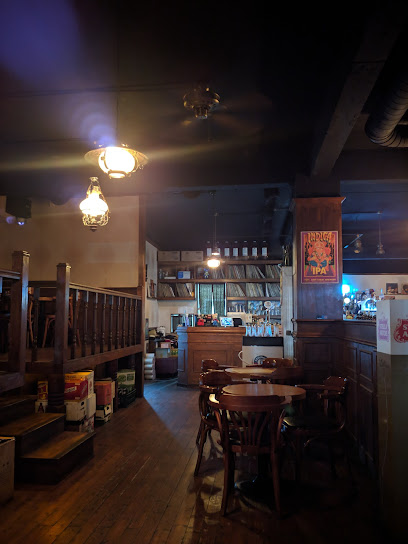
비어사케
Experience the vibrant nightlife of Gwangju at 비어사케, where eclectic drinks and a cozy atmosphere await.
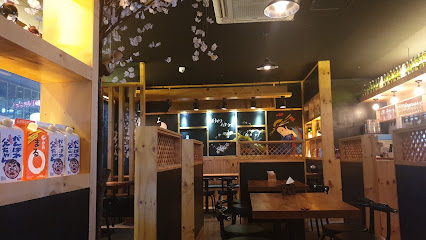
카리스마
Discover the cozy charm of 카리스마 in Gwangju, a perfect bar for drinks and relaxation amidst your travels.

Luche
Discover Luche, a cozy bar in Seo-gu, Gwangju, perfect for enjoying local drinks and mingling with friendly locals in a warm atmosphere.

도깨비펍
Experience the lively atmosphere of 도깨비펍, a premier bar in Gwangju, offering a blend of local culture and vibrant nightlife.

Pogseuba
Discover Pogseuba, Gwangju's vibrant bar with exceptional drinks, friendly service, and an inviting atmosphere, perfect for a night out.

Piteopaen
Piteopaen in Gwangju: A cozy bar where local culture and nightlife intertwine, offering a unique selection of beverages and a warm atmosphere.

Kana
Experience the vibrant nightlife at Kana, a must-visit bar in Gwangju offering innovative cocktails and a lively atmosphere.

나이스라운지
Discover the lively nightlife at 나이스라운지 in Gwangju, where local flavors and vibrant atmosphere create unforgettable experiences.

Local Phrases
-
- Hello안녕하세요
[annyeonghaseyo] - Goodbye안녕히 가세요
[annyeonghi gaseyo] - Yes네
[ne] - No아니요
[aniyo] - Please/You're welcome부탁합니다/천만에요
[butakhamnida/cheonmaneyo] - Thank you감사합니다
[gamsahamnida] - Excuse me/Sorry죄송합니다
[joesonghamnida] - How are you?어떻게 지내세요?
[eotteoke jinaeseyo?] - Fine. And you?잘 지내요. 그리고요?
[jal jinaeyo. geurigoyo?] - Do you speak English?영어 할 줄 아세요?
[yeongeo hal jul aseyo?] - I don't understand이해 못 해요
[ihae mot haeyo]
- Hello안녕하세요
-
- I'd like to see the menu, please메뉴를 보고 싶어요
[menyureul bogo sipeoyo] - I don't eat meat고기 안 먹어요
[gogi an meogeoyo] - Cheers!건배!
[geonbae!] - I would like to pay, please계산할게요
[gyesanhalkkeyo]
- I'd like to see the menu, please메뉴를 보고 싶어요
-
- Help!도와주세요!
[dowajuseyo!] - Go away!가세요!
[gaseyo!] - Call the Police!경찰을 불러주세요!
[gyeongchareul bulleojuseyo!] - Call a doctor!의사를 불러주세요!
[uisareul bulleojuseyo!] - I'm lost길을 잃었어요
[gireul ilheosseoyo] - I'm ill아파요
[apayo]
- Help!도와주세요!
-
- I'd like to buy...사고 싶어요...
[sago sipeoyo...] - I'm just looking구경만 하고 있어요
[gugyeongman hago isseoyo] - How much is it?얼마에요?
[eolmaeyo?] - That's too expensive너무 비싸요
[neomu bissayo] - Can you lower the price?가격을 깎아줄 수 있어요?
[gageogeul kkakajul su isseoyo?]
- I'd like to buy...사고 싶어요...
-
- What time is it?몇 시에요?
[myeot sieyo?] - It's one o'clock한 시에요
[han sieyo] - Half past (10)십 시 반
[sip si ban] - Morning아침
[achim] - Afternoon오후
[ohu] - Evening저녁
[jeonyeok] - Yesterday어제
[eoje] - Today오늘
[oneul] - Tomorrow내일
[naeil] - 1하나
[hana] - 2둘
[dul] - 3셋
[set] - 4넷
[net] - 5다섯
[daseot] - 6여섯
[yeoseot] - 7일곱
[ilgob] - 8여덟
[yeodeol] - 9아홉
[ahop] - 10열
[yeol]
- What time is it?몇 시에요?
-
- Where's a/the...?...이 어디에요?
[...i eodieyo?] - What's the address?주소가 뭐에요?
[jusoga mwoeyo?] - Can you show me (on the map)?지도로 보여줄 수 있어요?
[jidoro boyeojul su isseoyo?] - When's the next (bus)?다음 버스는 언제에요?
[daeum beoseuneun eonjeyo?] - A ticket (to ....)표 하나 주세요 (.... 로)
[pyo hana juseyo (.... ro)]
- Where's a/the...?...이 어디에요?
History of Nam-gu
-
Nam-gu, located in the city of Gwangju, has roots that date back to the early 20th century. Originally a rural area, it began to develop significantly during the Japanese colonial period (1910-1945), as Gwangju became an important administrative center. The establishment of schools and governmental offices in the area contributed to its growth, and it became a hub of cultural exchange.
-
Nam-gu is notably linked to the Gwangju Uprising, a pivotal event in South Korea's struggle for democracy. In May 1980, citizens of Gwangju rose against the authoritarian government, and Nam-gu served as one of the crucial sites for protests and resistance. The tragic events that unfolded during this period left a profound impact on the local community and the nation, and they are commemorated at various memorials in the area.
-
In the years following the Gwangju Uprising, Nam-gu transformed into a cultural and educational hub. The establishment of Gwangju University and other educational institutions significantly influenced the demographic and cultural landscape of the neighborhood. It became a center for youth activism and artistic expression, contributing to Gwangju's reputation as a city of culture and democracy.
-
The late 20th and early 21st centuries saw rapid urbanization in Nam-gu, with the development of modern infrastructure, shopping centers, and residential areas. The neighborhood has embraced its rich history while adapting to contemporary needs, making it a vibrant area that reflects both Gwangju's past and its aspirations for the future.
-
Nam-gu plays a significant role in the Gwangju Biennale, one of Asia's most important contemporary art exhibitions, which was first held in 1995. The event highlights the city's commitment to arts and culture and attracts international artists and visitors. The Biennale has further solidified Nam-gu's status as a cultural landmark in Gwangju, showcasing the city's dynamic artistic scene.
Nam-gu Essentials
-
Nam-gu is easily accessible from other neighborhoods in Gwangju. The Gwangju Metro Line 1 connects various parts of the city, with several stations in Nam-gu including Sangmu Station and Uncheon Station. You can also take local buses that frequently run to Nam-gu from downtown Gwangju. Taxis are widely available and relatively inexpensive, making it a convenient option for travelers.
-
Nam-gu boasts an efficient public transportation system, including buses and the Gwangju Metro. The metro is a fast and easy way to navigate the area, while buses serve more local routes. For a more leisurely exploration, consider renting a bicycle; there are bike-sharing programs available. Walking is also a great option, especially in the more pedestrian-friendly areas.
-
Nam-gu is generally a safe neighborhood for tourists, but standard precautions should be taken. Be cautious in less crowded areas after dark. While there are no specific high-crime areas targeting tourists, it's advisable to avoid isolated spots late at night. Always keep an eye on your belongings in busy public spaces.
-
In case of emergency, dial 119 for fire or medical assistance and 112 for police help. Local hospitals and clinics are available in Nam-gu, with many facilities offering English-speaking staff. It's recommended to have travel insurance that covers medical emergencies. Pharmacies are also easily accessible for minor health concerns.
-
Fashion: Do dress modestly, particularly in religious sites; avoid revealing clothing. Religion: Do respect local customs; remove shoes when entering temples. Public Transport: Do be courteous, offering your seat to the elderly or those in need. Don't eat or drink on public transport. Greetings: Do greet with a slight bow or handshake; it shows respect. Eating & Drinking: Do try local foods and accept offers of hospitality; don't refuse it, as it may be considered rude.
-
To experience Nam-gu like a local, visit the bustling local markets where fresh produce and traditional snacks are sold. Engage with shopkeepers and locals; they are often eager to share stories. Don't miss attractions like the Gwangju National Museum and the May 18th Memorial Park, which provide insights into the city's rich history. Try attending local festivals for an authentic cultural experience.
Nearby Cities to Nam-gu
-
Things To Do in Suncheon
-
Things To Do in Mokpo
-
Things To Do in Jeonju
-
Things To Do in Daejeon
-
Things To Do in Daegu
-
Things To Do in Jeju City
-
Things To Do in Busan
-
Things To Do in Ulsan
-
Things To Do in Gyeongju
-
Things To Do in Andong
-
Things To Do in Suwon
-
Things To Do in Pohang
-
Things To Do in Incheon
-
Things To Do in Seoul
-
Things To Do in Chuncheon



